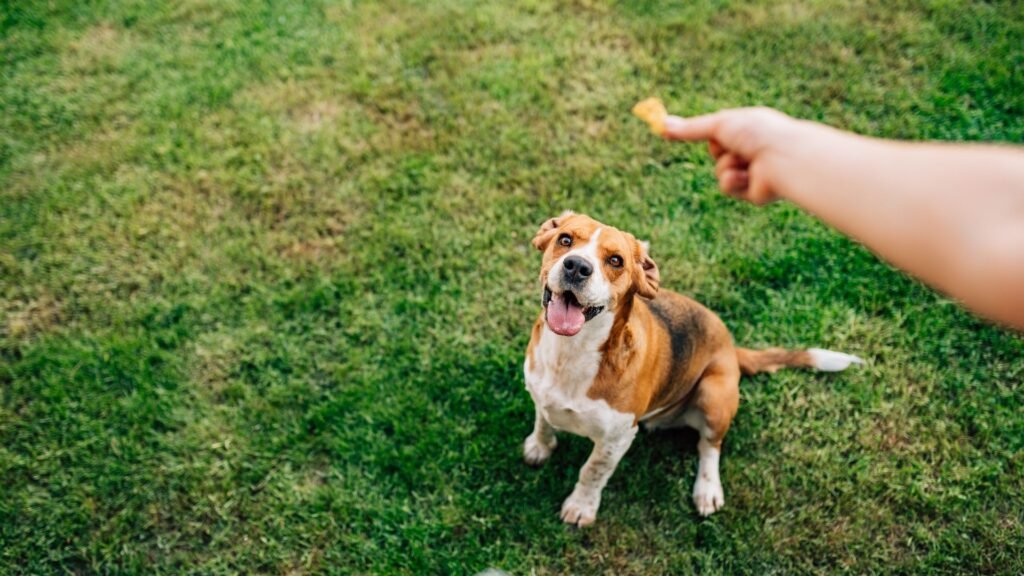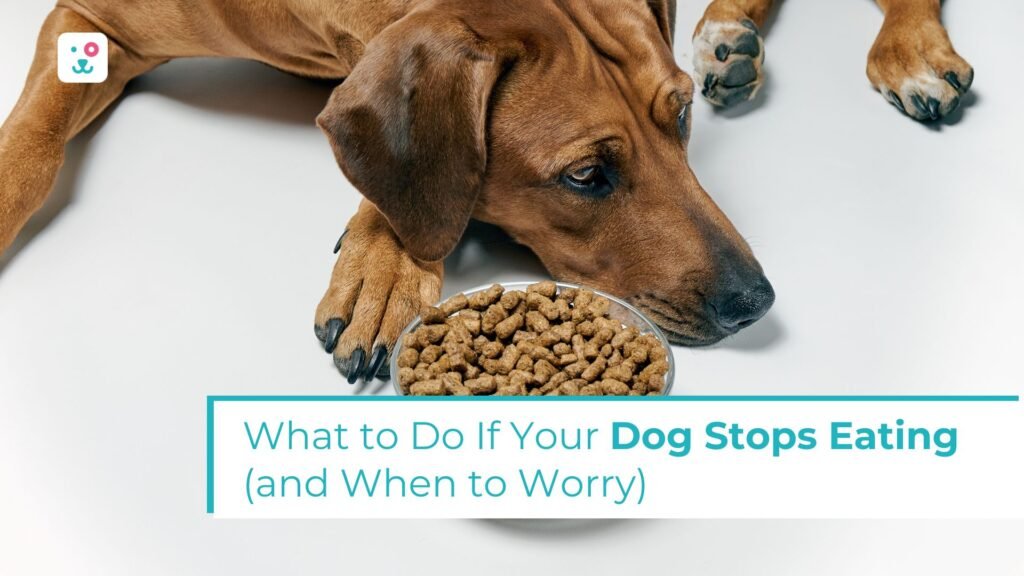Notice a change in your pup’s appetite? Pay attention because it may be something you shouldn’t ignore. Sure, dogs might skip a meal here and there, but when they consistently turn their nose up at food, you need to observe closely. If they won’t eat even when served the best pet food in Dubai, it’s usually a sign that something isn’t quite right.
There could be several reasons behind this behaviour, from minor discomforts to more serious health problems. In this guide, you’ll learn what might be causing your dog’s loss of appetite, what other signs to look out for, and how to help your pet eat food again without resorting to raw food or unvetted remedies.
Possible Reasons Why Your Dog Won’t Eat
If your dog starts refusing food, it’s best not to assume it’s just a picky phase. Several possible causes could be at play, some more serious than others. Here’s what might be going on and what signs to keep an eye on.
Age-Related Changes
As dogs age, their energy levels drop, and so does their calorie requirement. It’s normal for older dogs to eat a little less. But a sudden or significant drop in appetite isn’t something to ignore.
Signs to watch for: Lethargy, weight loss, disorientation, or wandering aimlessly.
What to do: Speak with your vet to rule out medical issues. At home, you can try softer pet food, raised feeding bowls, and a consistent schedule to help with cognitive decline and comfort.

Dental Issues
Tooth pain makes anyone miserable, dogs included. If chewing becomes uncomfortable, your dog might skip meals entirely.
Signs to watch for: Bad breath, drooling, pawing at the mouth, reluctance to chew, swelling or bleeding around the gums.
What to do: Book a dental exam. In the meantime, offer softer wet pet food or mix water into dry kibble to reduce chewing effort.
Gastrointestinal Problems
Tummy troubles are another common cause of appetite loss. These range from mild stomach upsets to serious issues like obstructions or systemic illnesses.
Signs to watch for: Vomiting, diarrhoea, constipation, bloating, or visible discomfort.
What to do: Don’t wait. These signs often require immediate veterinary attention, especially if your dog hasn’t eaten in over 24 hours.
Medication Side Effects
Some medicines can suppress appetite as a side effect. This is rare, but it does happen, especially with new prescriptions.
Signs to watch for: Nausea, tiredness, and food refusal after starting a new medication.
What to do: Check in with your vet. They might adjust the dosage or recommend switching to another drug.
Behavioural Concerns
Dogs are sensitive creatures. Stress, anxiety, or even boredom can affect their appetite.
Signs to watch for: Pacing, hiding, whimpering, or changes in behaviour around feeding times.
What to do: Try to identify and reduce stressors. It can be a noisy home, a new pet, or separation anxiety. If things don’t improve, a vet or behaviourist can help.
Environmental Changes
Even small changes to your home can unsettle your dog. A move, renovation, or a new household member might be enough to throw off their routine and affect eating habits.
Signs to watch for: Nervousness, loss of interest in meals, clinginess.
What to do: Keep mealtimes consistent and quiet. Give your dog space to adjust, and if the appetite doesn’t return soon, call your vet.
More Tips to Boost Your Pet Food Appetite
If your dog’s appetite has dropped but there’s no urgent medical issue, a few simple changes might help restore it. These tips are safe, pet-friendly, and easy to try at home.
Establish a Feeding Routine
Dogs thrive on routine. Feeding them at the same time every day builds a rhythm their body gets used to. It also helps you spot changes in appetite early.
Enhance Food Appeal
Warm food smells better. To make meals more tempting, add a splash of warm water to dry kibble or try mixing in a bit of wet food. Some dogs prefer a bit of texture or variety — nothing drastic, just enough to pique interest.
Limit Treats
Too many treats between meals can kill a dog’s appetite. Cut back on extras and stick to regular meal portions. During training, use praise or toys instead of food rewards.
Maintain a Calm Eating Environment
Some dogs need peace and quiet to eat. If your dog is competing for food or experiencing anxiety during feeding, keep mealtimes free from loud noises, foot traffic, or the presence of other pets.
Incorporate Exercise
A brisk walk before mealtime can work up an appetite. Movement helps with digestion and creates a natural hunger, especially in dogs who’ve been resting most of the day.

Use pet Food Toppers
Adding a bit of vet-approved topper can boost flavour and encourage fussy dogs to eat. Choose high-quality commercial options, especially those formulated to mix with dry or wet food.
Also Read: Healthy Food For Dogs To Improve Digestion
Consult Your Vet
If nothing works, it’s time to get professional advice. Your vet might suggest appetite stimulants, a prescription diet, or, if your dog is unwell, feeding support like syringes or feeding tubes. Never try to “wait it out” if your dog hasn’t eaten for more than a day.
Don’t Ignore the Signs
If your pup avoids food for more than 24 hours or shows other signs of illness or distress, don’t delay. A quick response can prevent small problems from becoming serious. Once your dog’s back to normal, a bowl of quality pet food in Dubai can help them recover and thrive.

